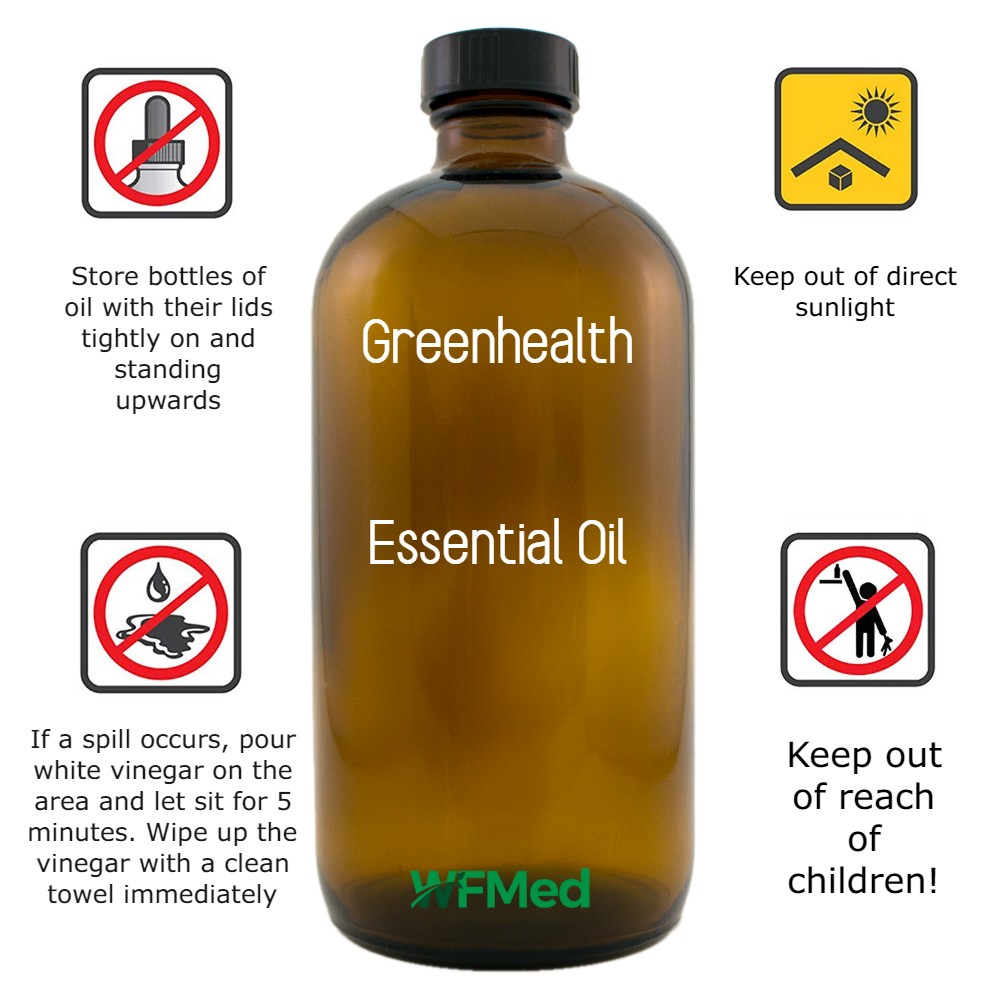How To Store Essential Oils

Proper storage of your bottles will help lengthen the shelf life of the essential oils and help retain their potency.
Since oils decay with oxidation, we recommend storing oils in a cool, dry and dark area, away from direct sunlight. Kitchen and bathroom cupboards can work well.
Most essential oils already come in colored glass bottles when you purchase them. White plastic jugs are for immediate use, use within 3-6 months. If you need longer term storage, we recommend aluminum containers or amber and cobalt glass bottles, for up to 2 years of shelf life. Clear glass bottles are not recommended for essential oil storage, as they do not protect the oil from any sunlight.
To avoid oxidation and moisture, store bottles of oil with their lids tightly on and standing upwards, when you are not using them.
Smaller essential oils that you purchase usually come with a euro dropper inside the cap. These are really helpful and can be kept on the bottle. They allow you to dispense the oil one drop at a time. They are made of thick plastic and don't usually come into direct contact with the oil when they are not being used.
Some oils are just too thick for these handy reducer caps or don't come with one. In this case, glass droppers come in handy for dispensing your oils. Ideally, it's good practice to clean out your glass droppers with alcohol for storage and future use. The bulbs of a dropper are made from a very pliable rubber and will break down quickly, if not cleaned properly.
Some more tips:
- Keep the cap twisted tightly to avoid evaporation and exposure to air.
- Purchase only the amount of oil that you plan to use within the shelf life.
- Oils that you suspect to be past their prime can still be used for cleaning and oftentimes diffusing.
- Carrier oils also tend to have a longer shelf life when stored in the fridge.
Shelf-Life
Some essential oils have a shorter shelf life than others. Some are better with age. Below are some common examples of shelf life for essential oils and their natural aroma compounds.
Monoterpenes are compounds found in the essential oils extracted from many plants, including fruits, vegetables, spices and herbs. Oils that contain monoterpenes, particularly limonene, are more likely to oxidation. Limonene- found in oils such as Bergamot, Fennel, Lemon, Neroli, Orange and other Citrus Oils, have a shelf life of up to 1-2 years.
Those essential oils that have a higher quantity of Phenols may last up to 3 years. Essential oils high in phenols that are skin irritants include Cinnamon, Clove, Aniseed, Basil, and Thyme. Phenols are corrosive and should be used with caution.
Essential oils that contain ketones and/or esters have a shelf life of approximately 4-5 years. Oils with ketones such as Menthone, are found in oils such as; Clary Sage, Hyssop, Rosemary, Peppermint, and Spearmint.
Essential oils with a higher amount of sesquiterpenes can last up to 6 years. Common sesquiterpenes found in essential oils are Carophyllene, Azulene, Chamazulene; found in Marjoram, Chamomile, Patchouli, Cedarwood, Ginger, Vetiver and Frankincense.
Following these easy guidelines will ensure that your essential oils will last as long as you need them. Visit our product page to see our full line of essential oils, storage containers, and glass droppers.

